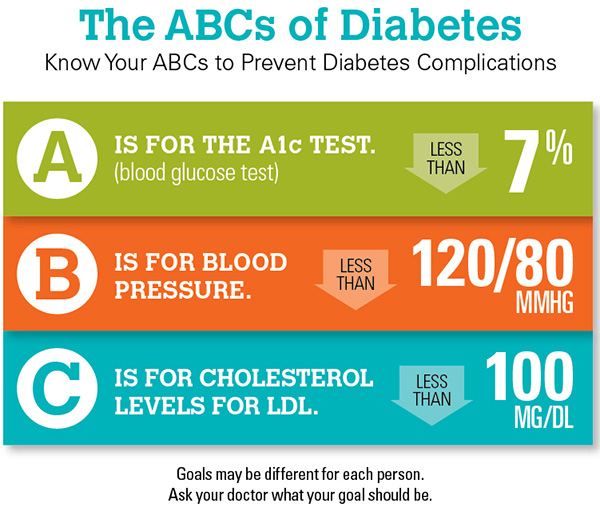Who Else Wants Info About How To Reduce Diabetes Risk

A simple blood glucose (blood sugar) test tells you if you are at risk for diabetes.
How to reduce diabetes risk. Thus, weight management is one. People in the diabetes prevention program (dpp), a large clinical trial, who were physically active for 30 minutes a day, 5 days a week, reduced their risk of type 2 diabetes. Make a plan to change behavior.
This booklet will help you to understand the different risk factors for type 2 diabetes and give. The reasons people are at risk can be different and some people are more at risk than others. You can get type 1 diabetes at any age, but it usually develops in.
You can make it easier by taking these steps: Simple steps to lower your risk of diabetes managing weight. You can prevent or delay type 2 diabetes with proven, achievable lifestyle changes—such as losing a small amount of weight and getting more physically active—even if you’re at high.
Drinking water instead of other beverages may help control blood sugar and insulin levels, thereby reducing the risk of diabetes. Increase your exercise level 3. Early detection of abnormal blood glucose.
Control your weight and reduce excess weight monitor your weight regularly. Plan what you need to get ready. A higher fatty tissue presence is linked to higher insulin resistance.
Actively monitoring your weight can be the key to maintaining a good body mass. Having a parent, brother, or sister with type 1 diabetes. People with diabetes are all too familiar with their blood sugar levels, but the rest of us might not even think about it outside of the occasional doctor's visit.
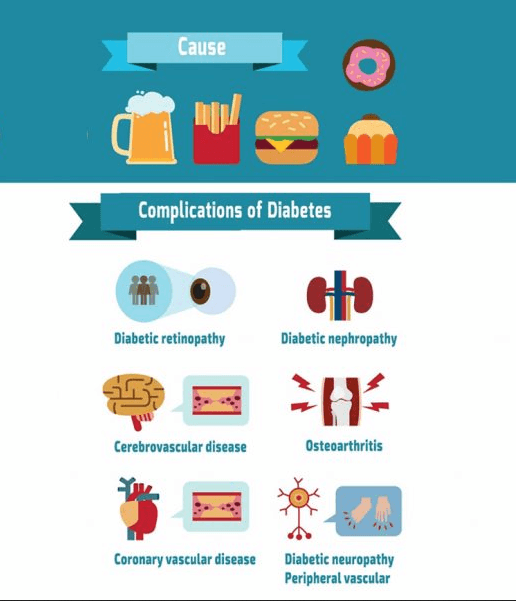
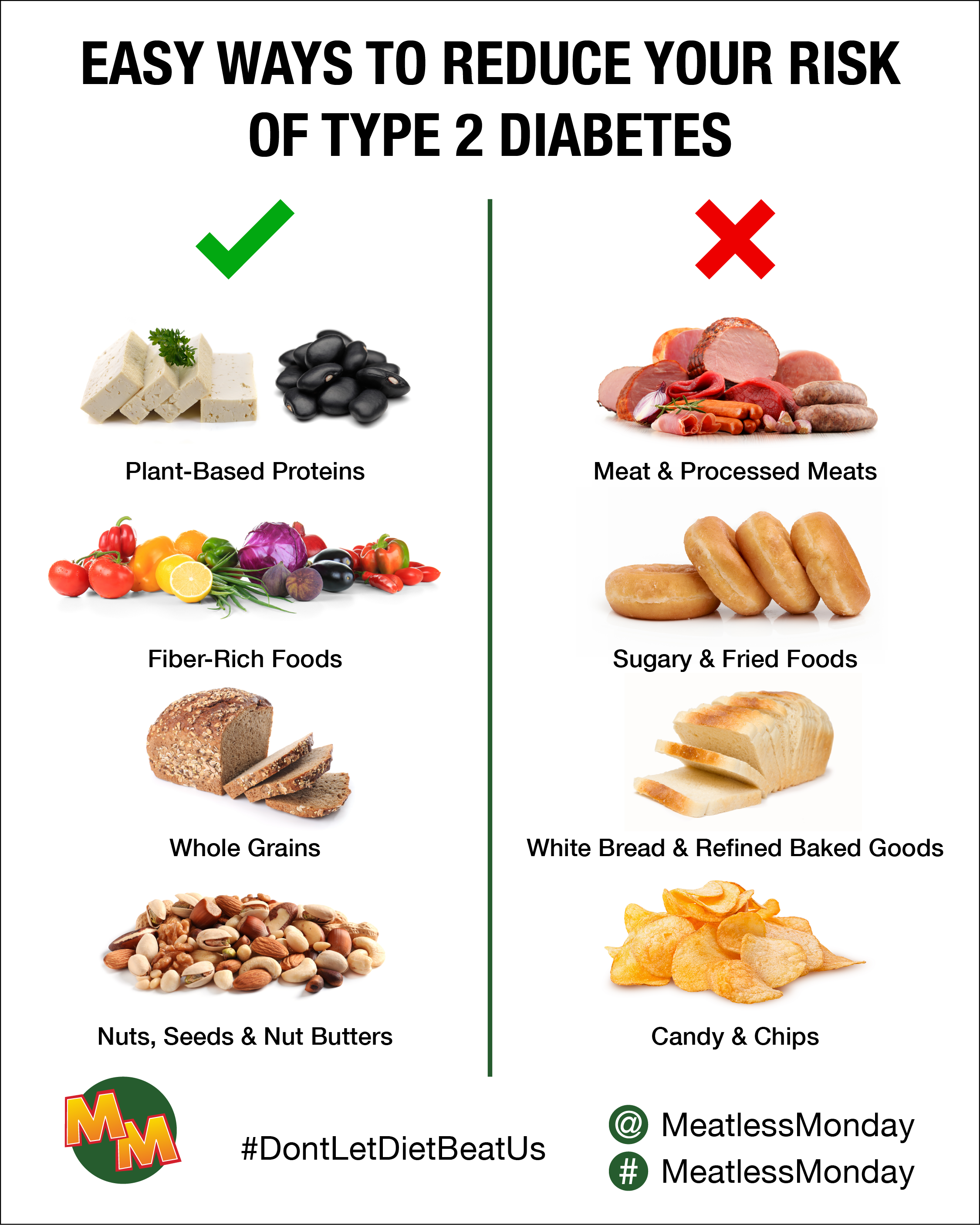


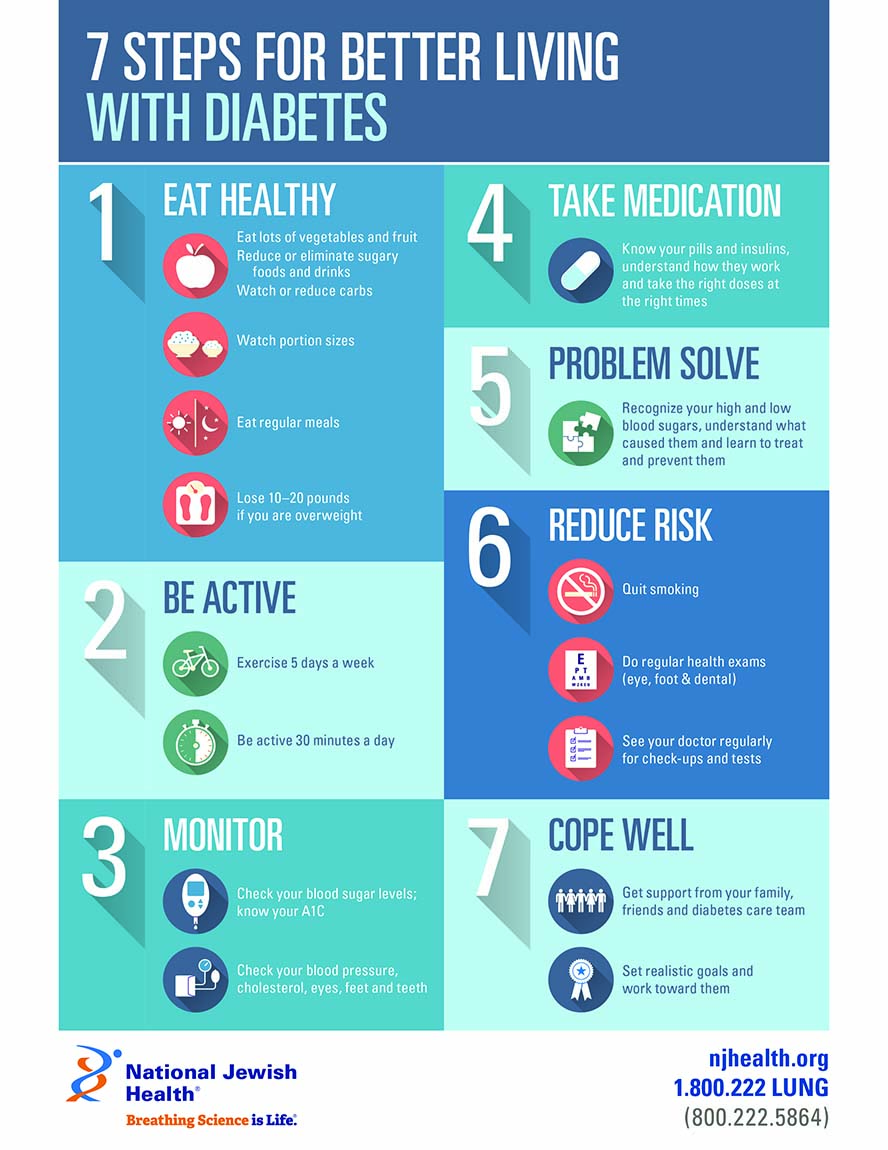

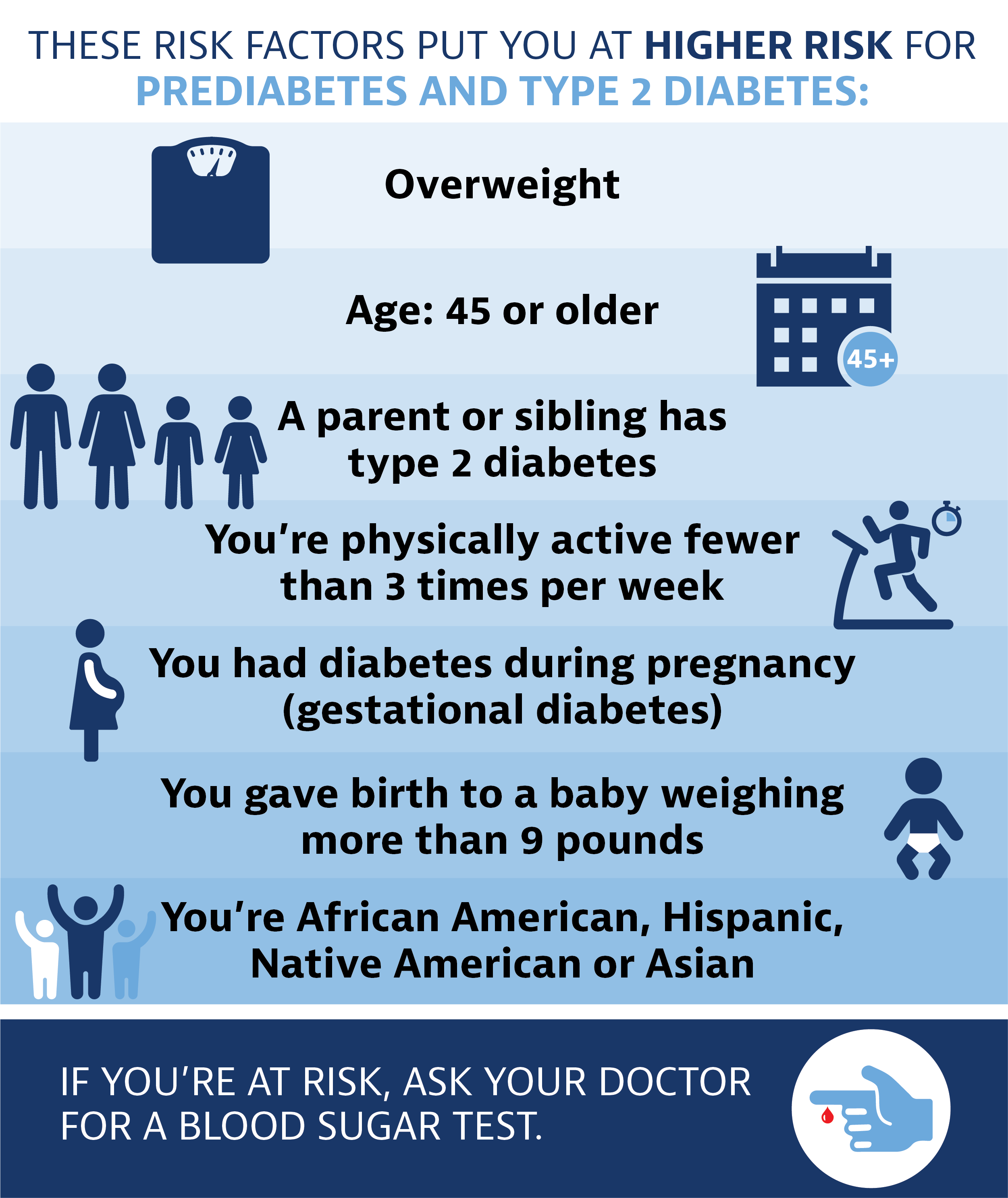

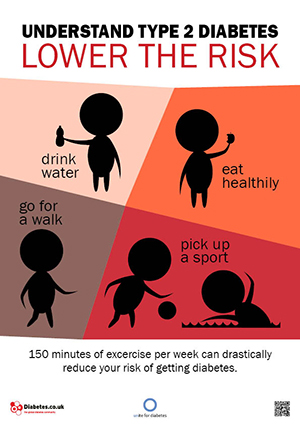




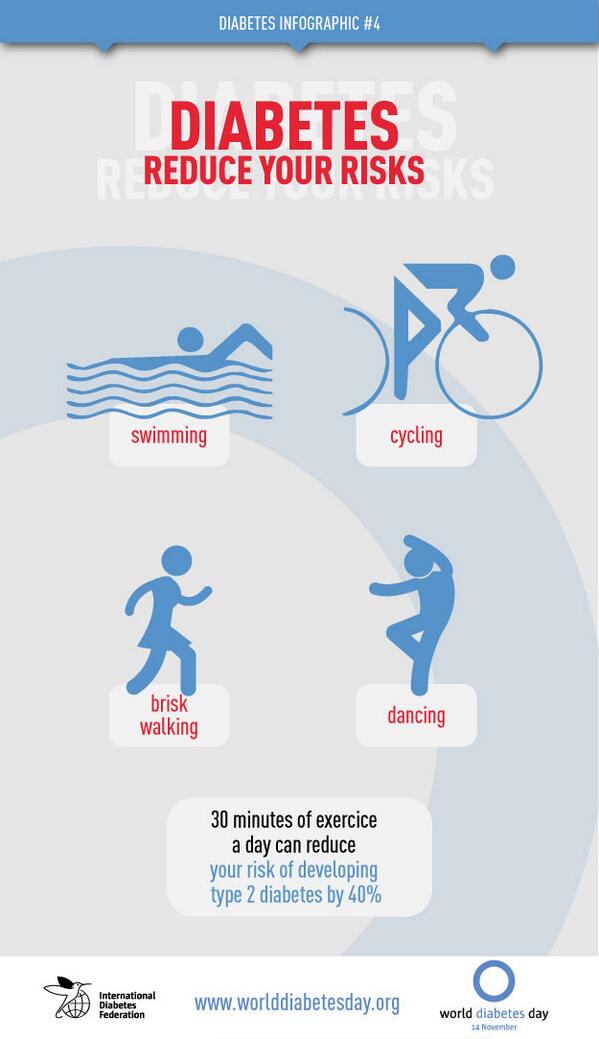

![Prevent Diabetes With These 4 Tips [Infographic] - Vna Health Group](https://vnahg.org/wp-content/uploads/2019/03/november-wellness-web.png)

